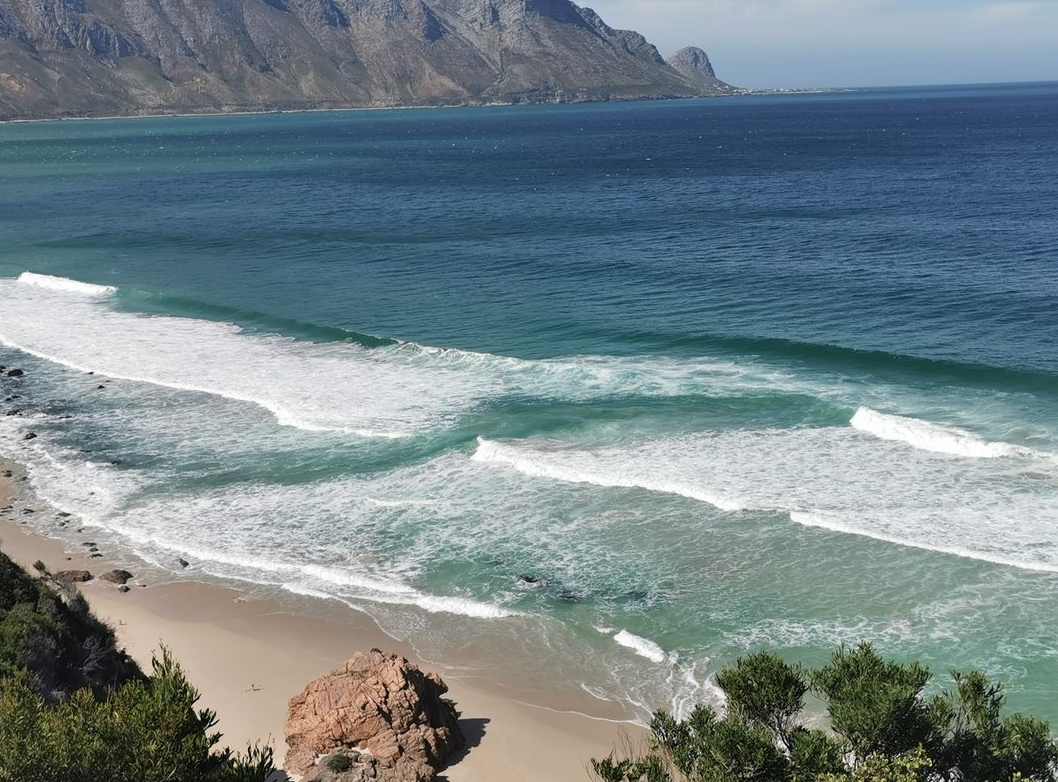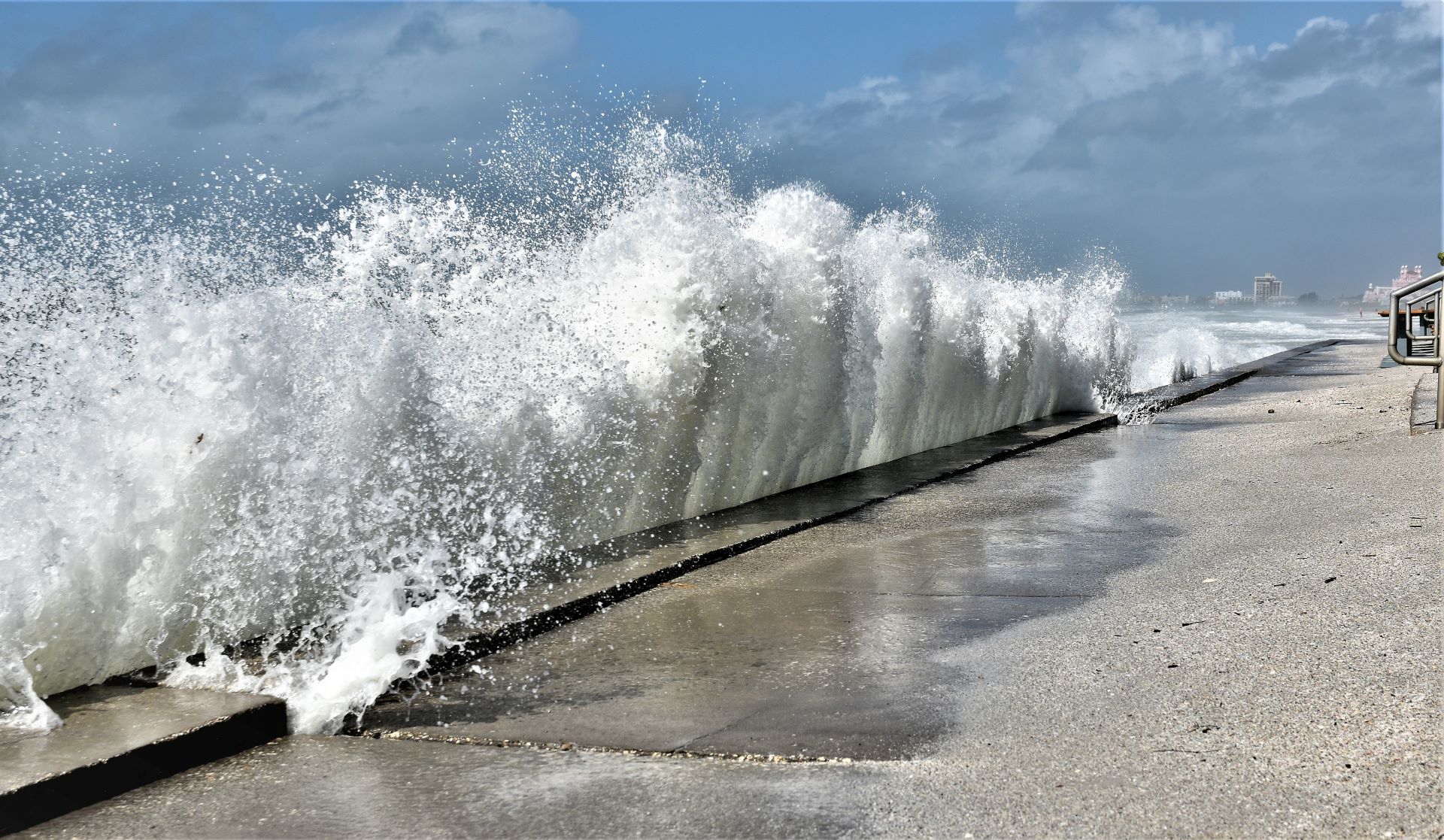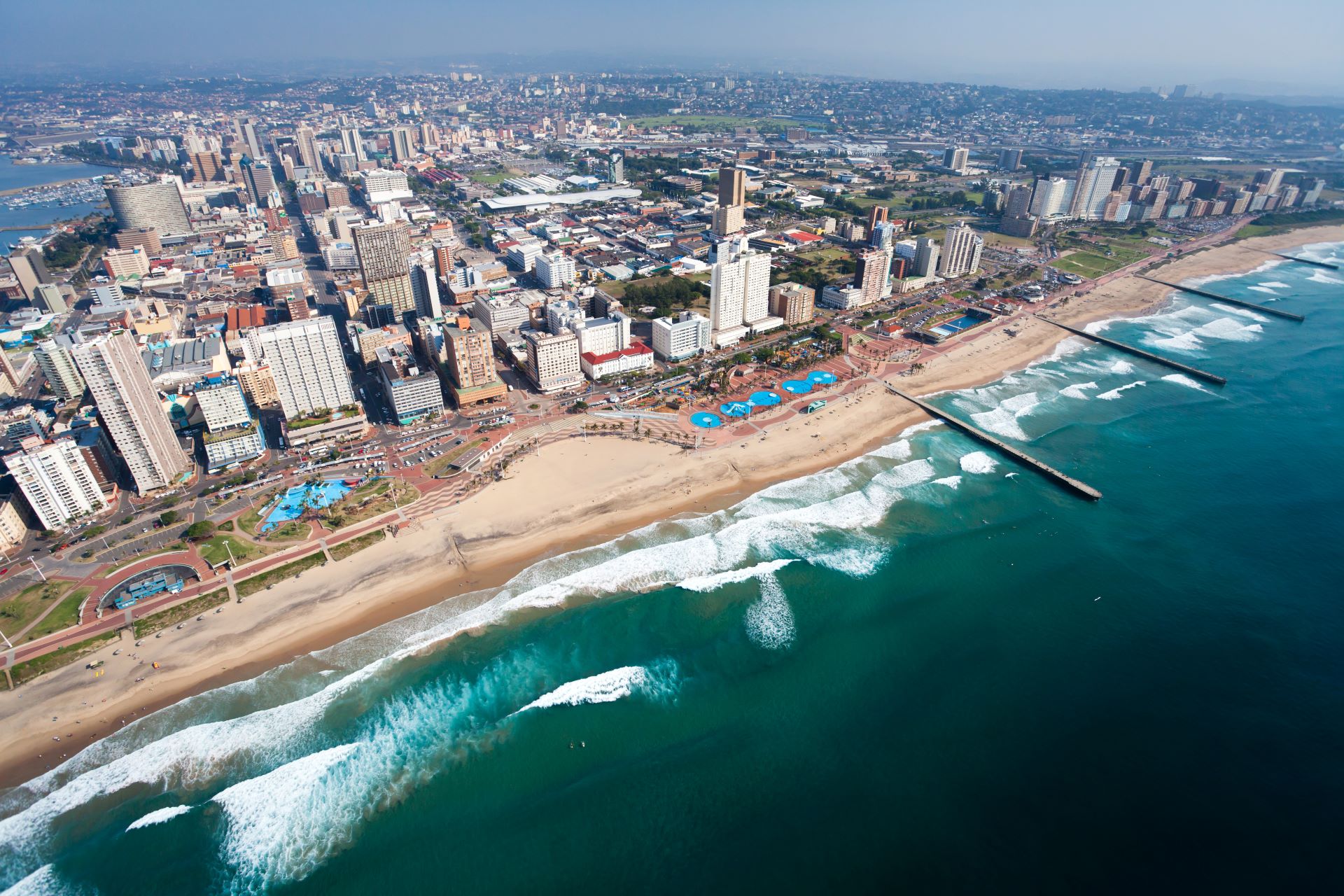Improving coastal resilience - WCSSP case study
The WCSSP South Africa project is improving our understanding of risks to coastal regions and developing services to protect lives from coastal hazards.
Millions of people around the world live in coastal regions. Coastal communities are not only impacted by natural hazards such as rip currents, but they are also faced with the impacts of climate change through sea level rise and flooding. The Weather and Climate Science for Service Partnership (WCSSP) South Africa project is improving our understanding of risks to coastal regions in addition to developing key services that can protect lives from coastal hazards.
Developing rip current warnings
One of the key outputs of the WCSSP South Africa project has been the development of warnings for rip currents in South Africa. Rip currents are strong hazardous currents that pull out to sea and cause hundreds of coastal drownings each year around the world. They are one of the biggest dangers facing beach users in South Africa.

Rip current in South Africa. Image: Carla-Louise Ramjukadh
Research has shown that rip currents are strongly related to wave and tide conditions, often making them predictable. The ability to predict when and where rip currents will occur, and when they are most active, provides an opportunity to warn beach users and coastal lifesaving organisations of the times and locations with the highest risk.
International collaboration
To reduce the impact of this hazard, an international collaborative project involving the University of Plymouth and South African Weather Service (SAWS) developed forecasting tools for rip current hazards in South Africa. Collaboration has been essential for this work and with support from the National Sea Rescue Institute, City of Cape Town, Stellenbosch University, and Lifesaving South Africa, the project was able to bring together sea rescue incident records, wind, wave and water level forecasts as well as the results of field experiments.
A pilot operational rip risk hazard forecast for the Cape Peninsula coastline was developed and trialled in June 2021 to warn the public of the risk of rip currents. During the trial, the forecast was used to safeguard members of the public and prepare emergency services.
“It is great to see our research being put into action by SAWS through the pilot operational rip forecast. The forecast brings together vital elements needed to predict when rip currents will be most hazardous, including analysis of past lifeguard incidents and modelling and measurements of wave and tide conditions.”, Dr Christopher Stokes, Senior Research Consultant at University of Plymouth.
Validation of the model is currently ongoing to have the forecast running operationally by the end of 2023 when forecasts will be generated daily using the SAWS marine forecasts and provide rip risk forecasts for the following three days. Future work also hopes to extend this forecast to other locations in South Africa.
Forecasting coastal overtopping
Over the past century, global mean sea level has risen by around 20 cm due to global warming. Higher sea levels amplify the effect of high tides and storm surges increasing the risk of coastal inundation and the overtopping of both natural and man-made coastal defences.

To help prepare for these events, the University of Plymouth in collaboration with SAWS and the University of Stellenbosch developed a pilot overtopping forecast service which is being trialled in Cape Town. Advanced warning of hazardous conditions will enable warnings to be issued to decision makers, such as local governments and emergency services, who can then determine whether actions such as evacuations or temporary flood defences are required.
Through the development of this forecast, coastal flooding hotspots have also been identified enabling strategic adaptation decisions to be made. SAWS are currently in the process of operationalising this forecast for the Cape Town region.
“The value of such a forecast system is very important and plays a vital role in forewarning communities and public safety personnel to better prepare for the potential forecasted risk and hazardous conditions.” Carla-Louise Ramjukadh, South African Weather Service
Developing a sea level rise climate service
Since the 1960s, the rate of sea level rise has increased and global mean sea level is currently rising by 3 mm every year. Mean sea level is expected to continue to rise for centuries, increasing coastal flood risk for millions of people around the world, particularly in densely populated, low-lying regions.
Changes in mean sea level are due to thermal expansion of the ocean as it warms; the addition of water from melting ice sheets and glaciers; and changes in land water storage due to human activities such as groundwater mining and river damming. Sea levels are not expected to change uniformly around the globe, with some areas likely to experience greater sea level rise than others due to local amplification effects.

To adapt to rising sea levels, decision makers need regionally specific information on future sea level rise. Research led by the Met Office explored current and future sea level rise at eight sites around the coast of South Africa. Using tide gauge and satellite observation datasets, the study found sea level rise in recent decades consistent with the global mean rise of around 3 mm per year.
However, future projections of sea level rise under a low and high greenhouse gas emission scenarios suggest South Africa will experience 7-14% greater increases compared to the global mean sea level due to a range of factors such as changes in ocean currents. Under the lower emission scenario, sea level is expected to rise by about 0.5 m by 2100, while for the high emission scenario this is expected to increase to around 0.8 m.
The researchers have also carried out preliminary estimates of the height by which coastal defences must be raised to maintain the same level of protection in the future as they do in the present day. They found that by 2100, for the lower emission scenario the required rise in South Africa is 0.6 m and for the high emission scenario coastal defences would need to be raised by up to 1.2 m.
The project has used the findings of the study to develop one-page summaries for the eight sites. These have been shared with local stakeholders, including coastal engineers and coastal planners in the City of Cape Town municipality and KwaZulu-Natal.


